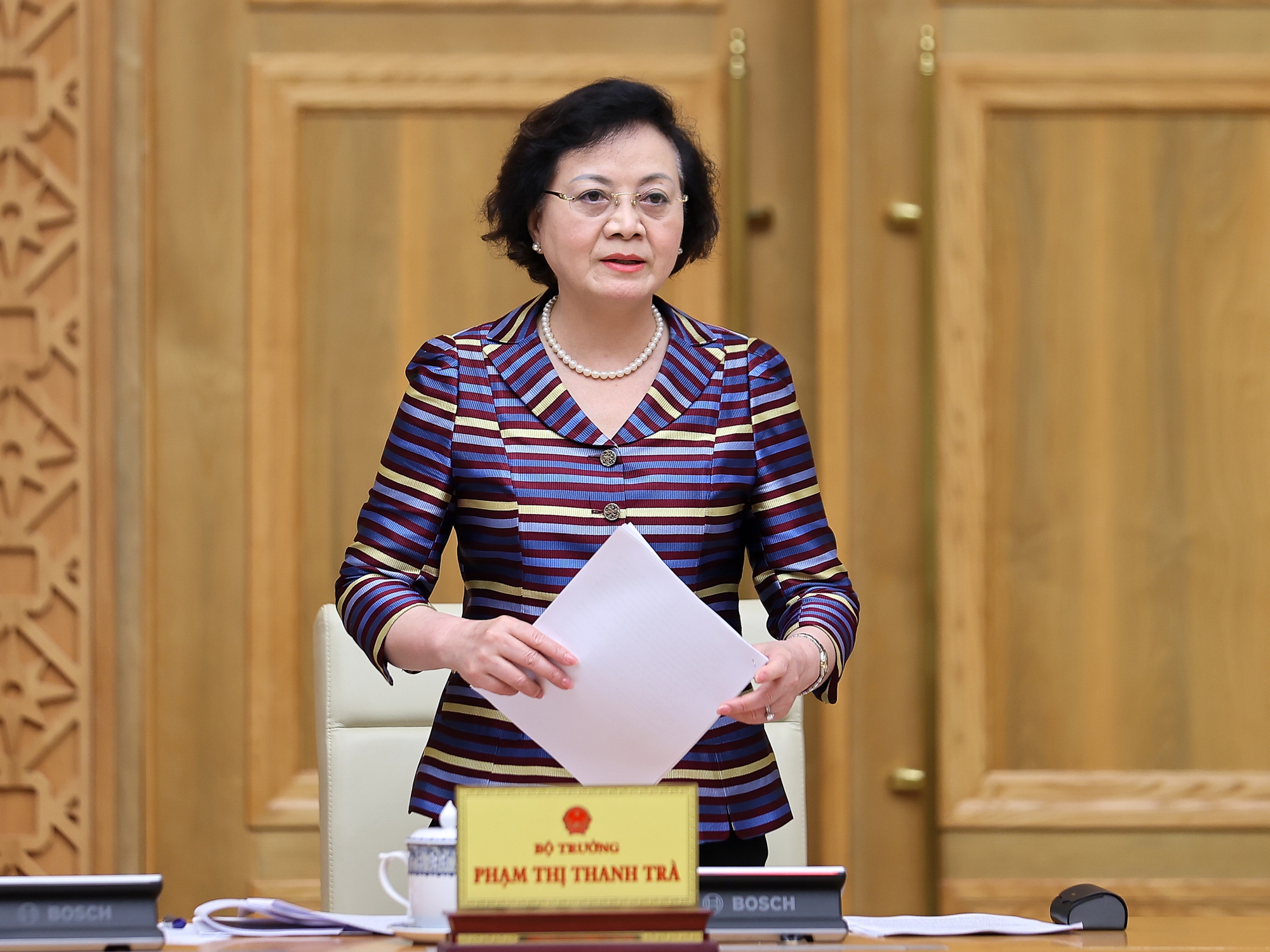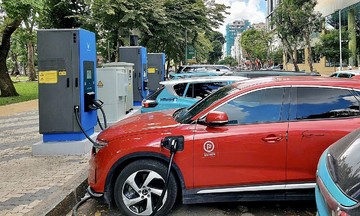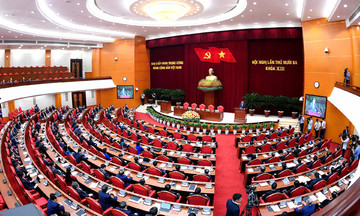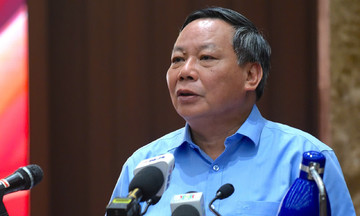Minister of Home Affairs Pham Thi Thanh Tra announced this information at a meeting on 23/8, evaluating two months of operation of the two-tier local government model. Compared to the end of July, the number of people receiving severance pay due to administrative streamlining has increased by over 9,000.
According to the Ministry of Home Affairs, after nearly two months of implementing the two-tier local government model, localities have established 465 specialized agencies under provincial and city People's Committees, and 9,900 specialized divisions under commune-level People's Committees.
To date, 32 provinces have established 3,129 commune-level public administration service centers. Hanoi and Quang Ninh operate a single-tier public administration service center model, which includes branches or public administration service points. In nearly two months, the country received 4.4 million applications, of which nearly 75% were submitted online. Ho Chi Minh City had the highest number of applications with 645,000, while Dien Bien had the fewest with 15,000.
According to the Ministry of Finance, as of 15/8, the country had 16,100 surplus houses and land needing to be addressed, of which 6,700 were a result of administrative unit restructuring. Meanwhile, 354 communes lack cars and 600 lack equipment to perform their duties.
 |
Minister of Home Affairs Pham Thi Thanh Tra speaking on the afternoon of 23/8. Photo: Nhat Bac |
Minister of Home Affairs Pham Thi Thanh Tra speaking on the afternoon of 23/8. Photo: Nhat Bac
Opening the meeting, Prime Minister Pham Minh Chinh assessed the two-tier local government model after two months of operation as "relatively stable." In the initial phase, this model faces challenges that need to be addressed for smooth and effective operation, particularly in personnel allocation, infrastructure, finance, budget, data digitization, asset handover, and housing arrangements for officials. Land, assets, finances, and early retirement payments are among the key issues.
The Prime Minister requested a comprehensive evaluation of the achieved results and an analysis of the limitations and difficulties to find solutions. The spirit is to address challenges and obstacles at the level where they arise.
The country currently has 28 provinces, six centrally-run cities, and 3,321 communes, wards, and special zones. This merger is estimated to reduce 18,400 provincial-level staff, 110,700 commune-level staff, and 120,500 part-time staff at the commune level. The entire two-tier local government system is expected to have 91,784 officials and public employees at the provincial level and 199,000 staff at the commune level.
The Ministry of Home Affairs estimates total budget savings from 2026 to 2030 to be 27,600 billion VND due to the reduction of provincial-level officials and public employees; 128,700 billion VND due to the reduction of commune-level officials and public employees; and 34,000 billion VND due to the reduction of part-time commune-level staff. Thus, the total savings in salary and administrative expenses are estimated at 190,500 billion VND from 2026 to 2030.
The estimated budget needed is 22,139 billion VND for 18,449 provincial-level officials and public employees who resign or retire early, equivalent to 1.2 billion VND per person; and 99,700 billion VND for those who resign or retire early at the commune level. The cost of social insurance contributions for those who retire early without a reduction in their pension rate is 6,600 billion VND.
The total estimated budget from 2025 to 2030 for officials and public employees who resign or retire early due to the merger of administrative units at all levels is 128,480 billion VND.
Vu Tuan












